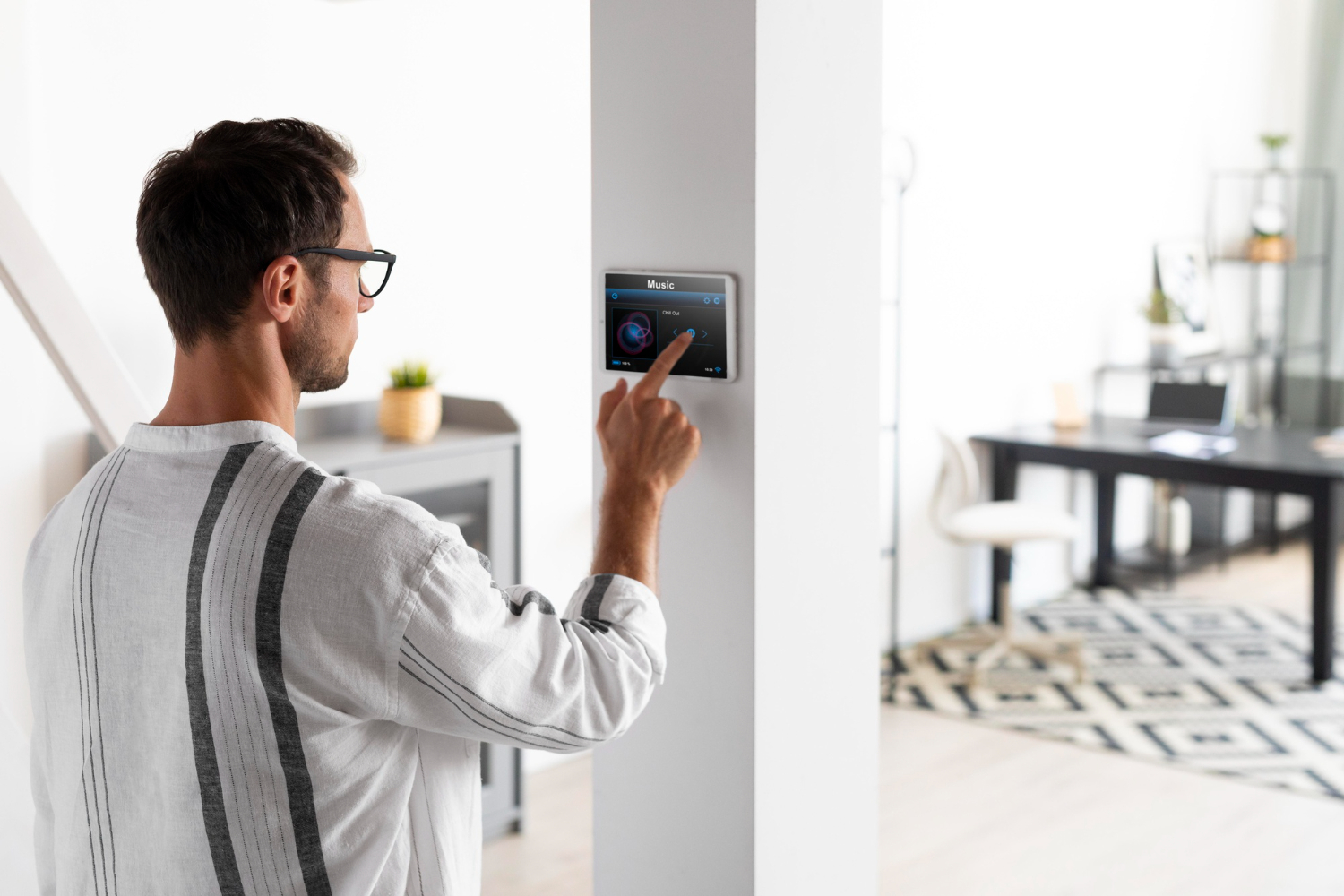The Role of HDR Cameras in Intrusion Detection Systems
 Chris Nunito
Chris Nunito
In today's world, security is a paramount concern for both individuals and organizations. Traditional surveillance cameras often struggle with low light conditions, harsh contrasts, and dynamic environments. This is where High Dynamic Range (HDR) cameras come into play. By providing clearer, more detailed images in challenging lighting situations, HDR cameras are revolutionizing intrusion detection systems.
The Evolution of Surveillance Technology
Surveillance technology has come a long way from grainy black-and-white footage to crystal-clear digital images. However, even with high-definition cameras, capturing clear images in varying lighting conditions remains a challenge. Enter HDR technology, which enhances image quality by combining multiple exposures to create a single, detailed picture.
What is HDR?
HDR stands for High Dynamic Range. It refers to the technique of capturing a wider range of light and dark details in an image. Traditional cameras capture images at a single exposure level, often losing details in very bright or very dark areas. HDR cameras, however, take multiple shots at different exposure levels and combine them to produce a single image with enhanced detail and clarity.
Why HDR Cameras for Intrusion Detection?
Superior Image Quality
One of the primary advantages of HDR cameras is their ability to produce superior image quality in varying lighting conditions. Whether it's a brightly lit office during the day or a dimly lit warehouse at night, HDR cameras can capture clear, detailed images.
Enhanced Detail in Shadows and Highlights
HDR technology ensures that no detail is lost in shadows or highlights. This is crucial for intrusion detection, where identifying minute details can make all the difference. For instance, the ability to distinguish a face in a poorly lit corridor or read a license plate in bright sunlight can be pivotal.
Reduced False Alarms
Traditional cameras often trigger false alarms due to poor image quality in challenging lighting conditions. HDR cameras, by providing clearer images, reduce the likelihood of false alarms, ensuring that security personnel can focus on genuine threats.
Case Studies and Research
Case Study: Retail Store Security
A retail store in New York implemented HDR cameras to enhance their existing intrusion detection system. Prior to this, they faced numerous issues with false alarms and unclear footage during nighttime. Post-implementation, the store reported a 50% reduction in false alarms and significantly clearer images, leading to better identification of potential intruders.
Research Findings
A study published in the Journal of Security Technology highlighted the effectiveness of HDR cameras in surveillance systems. The research compared traditional cameras with HDR cameras in various lighting conditions. The findings revealed that HDR cameras consistently outperformed traditional cameras in image clarity, detail capture, and false alarm reduction.
The Technical Edge
Multi-Exposure Technology
HDR cameras use multi-exposure technology to capture several images at different exposure levels. These images are then merged to create a single image with enhanced detail. This process ensures that both bright and dark areas of the scene are captured accurately.
Wide Dynamic Range
The wide dynamic range of HDR cameras allows them to handle extreme contrasts in lighting. This makes them ideal for environments with fluctuating light conditions, such as parking lots, warehouses, and outdoor areas.
Integration with AI and Machine Learning
Modern HDR cameras often come equipped with AI and machine learning capabilities. These technologies enhance intrusion detection by analyzing patterns and behaviors, further reducing false alarms and improving response times.
Conclusion
HDR cameras are proving to be a game-changer in the field of intrusion detection systems. Their ability to produce clear, detailed images in challenging lighting conditions makes them an invaluable asset for any security setup. As technology continues to evolve, the integration of HDR cameras with advanced analytics and AI will only enhance their effectiveness, ensuring a safer and more secure environment for all.
FAQs
1. What is the main advantage of HDR cameras in security systems?
HDR cameras provide superior image quality in varying lighting conditions, making them ideal for capturing detailed images in both bright and dark environments.
2. How do HDR cameras reduce false alarms?
By producing clearer images, HDR cameras help distinguish genuine threats from false alarms, ensuring security personnel can focus on real intrusions.
3. Can HDR cameras work in complete darkness?
While HDR cameras excel in low-light conditions, they may still require some level of ambient light. For complete darkness, infrared technology can be integrated.
4. Are HDR cameras more expensive than traditional cameras?
HDR cameras can be more expensive, but their superior image quality and reduction in false alarms often justify the investment.
5. How do HDR cameras integrate with AI and machine learning?
Modern HDR cameras can incorporate AI and machine learning to analyze patterns and behaviors, further enhancing their effectiveness in intrusion detection systems.
https://www.vadzoimaging.com/post/what-is-hdr-camera-concept-to-cutting-edge-technology |
Subscribe to my newsletter
Read articles from Chris Nunito directly inside your inbox. Subscribe to the newsletter, and don't miss out.
Written by
